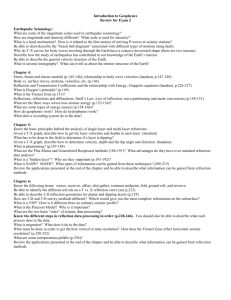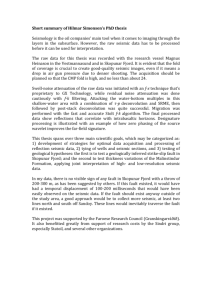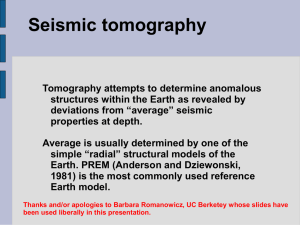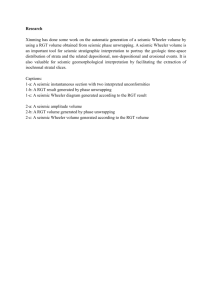abstract-BA
advertisement
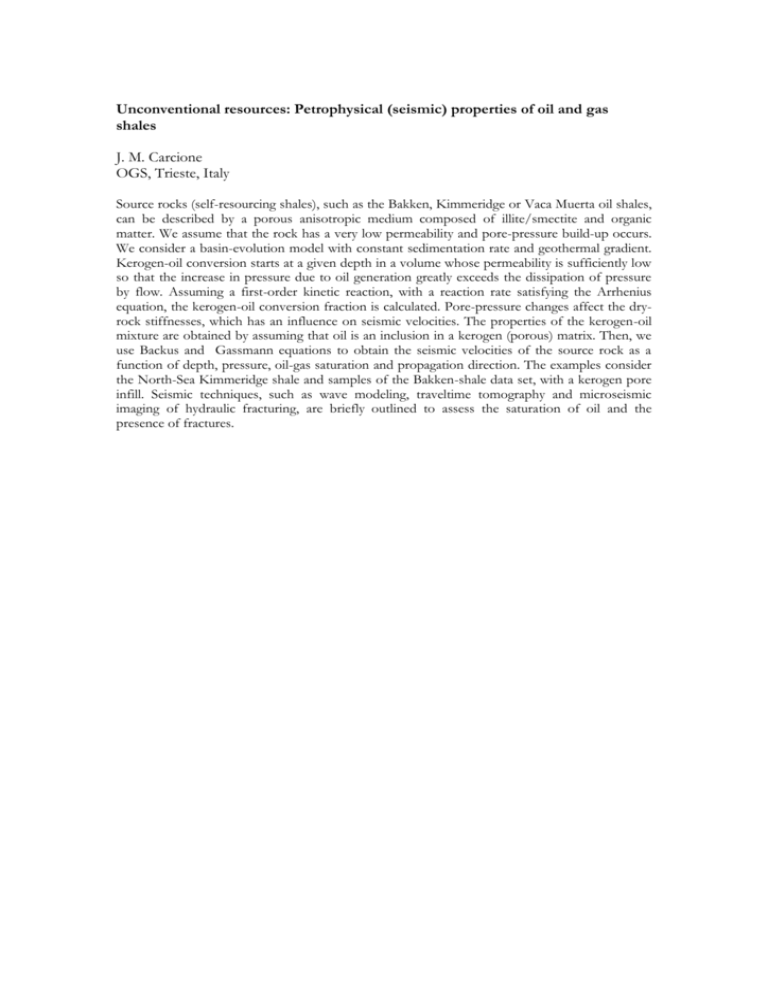
Unconventional resources: Petrophysical (seismic) properties of oil and gas shales J. M. Carcione OGS, Trieste, Italy Source rocks (self-resourcing shales), such as the Bakken, Kimmeridge or Vaca Muerta oil shales, can be described by a porous anisotropic medium composed of illite/smectite and organic matter. We assume that the rock has a very low permeability and pore-pressure build-up occurs. We consider a basin-evolution model with constant sedimentation rate and geothermal gradient. Kerogen-oil conversion starts at a given depth in a volume whose permeability is sufficiently low so that the increase in pressure due to oil generation greatly exceeds the dissipation of pressure by flow. Assuming a first-order kinetic reaction, with a reaction rate satisfying the Arrhenius equation, the kerogen-oil conversion fraction is calculated. Pore-pressure changes affect the dryrock stiffnesses, which has an influence on seismic velocities. The properties of the kerogen-oil mixture are obtained by assuming that oil is an inclusion in a kerogen (porous) matrix. Then, we use Backus and Gassmann equations to obtain the seismic velocities of the source rock as a function of depth, pressure, oil-gas saturation and propagation direction. The examples consider the North-Sea Kimmeridge shale and samples of the Bakken-shale data set, with a kerogen pore infill. Seismic techniques, such as wave modeling, traveltime tomography and microseismic imaging of hydraulic fracturing, are briefly outlined to assess the saturation of oil and the presence of fractures.

